Home>Articles>How Often Should You Replace Your Surge Protector
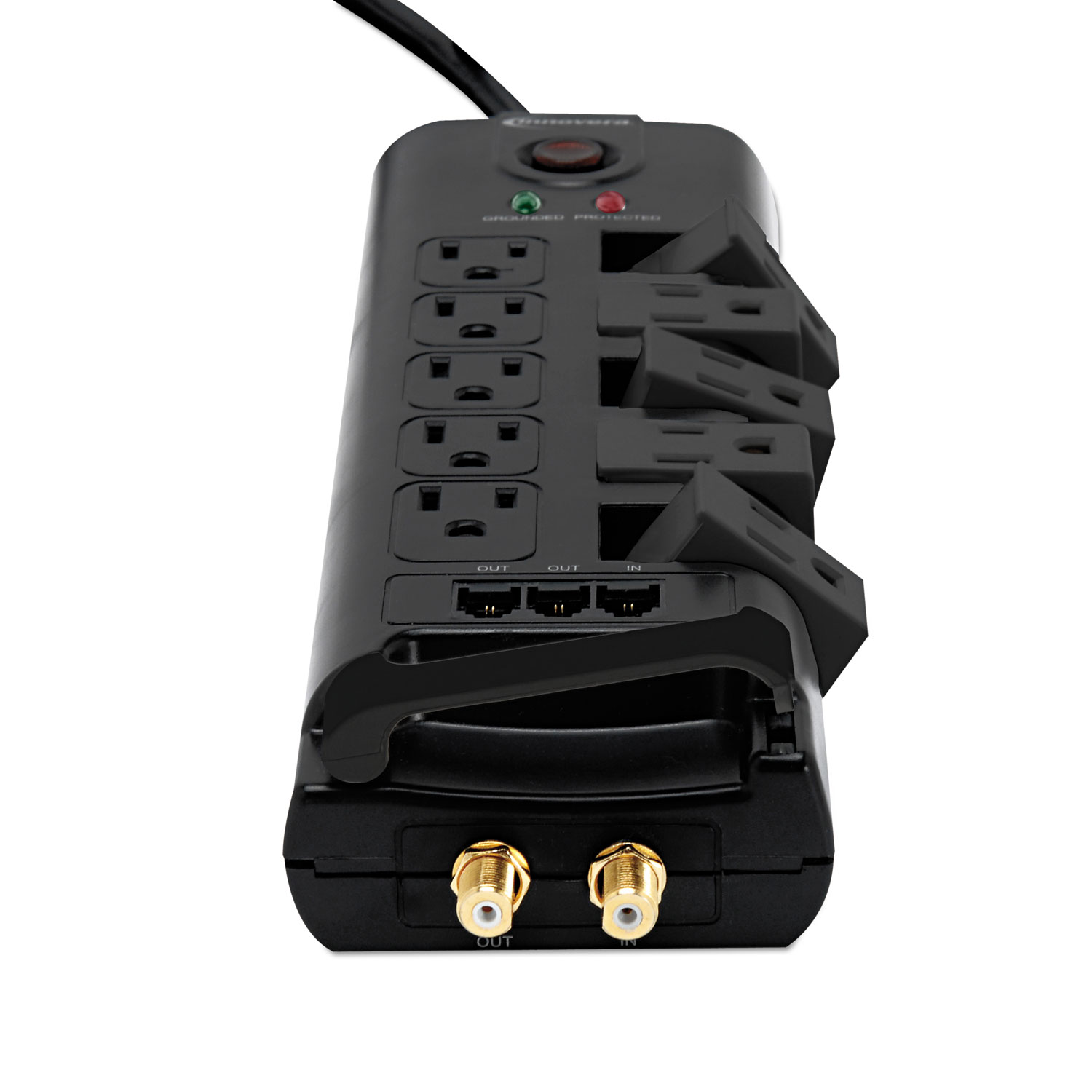

Articles
How Often Should You Replace Your Surge Protector
Modified: January 6, 2024
Discover how often you should replace your surge protector with this informative article. Keep your electronics safe and secure.
(Many of the links in this article redirect to a specific reviewed product. Your purchase of these products through affiliate links helps to generate commission for Storables.com, at no extra cost. Learn more)
Introduction
Surge protectors play a crucial role in safeguarding our electronic devices and appliances from sudden power surges. These surges, commonly caused by lightning strikes or electrical faults, can wreak havoc on our valuable equipment, resulting in costly repairs or even complete breakdowns.
Considering the potential consequences of power surges, it is essential to understand how often surge protectors should be replaced to ensure optimal protection. In this article, we will delve into the factors to consider when determining the lifespan of a surge protector and how frequently it should be replaced.
With the ever-increasing reliance on electronic devices in our daily lives, it is important to stay proactive in protecting our investments. So, let’s dive in and explore the lifespan of surge protectors and why regular replacement is vital.
Key Takeaways:
- Regularly replacing surge protectors every 2-3 years is crucial to maintaining optimal protection for electronic devices, preventing costly damage, and ensuring warranty coverage. Stay proactive and embrace technology advancements for enhanced surge suppression capabilities.
- Factors such as age, quality, usage, and environmental conditions impact surge protector lifespan. Stay vigilant for signs of wear and tear, follow manufacturer recommendations, and consider power surge frequency to determine replacement intervals. Protect your electronic investments and enjoy peace of mind.
Understanding Surge Protectors
Before we delve into the frequency of surge protector replacements, it is important to have a clear understanding of what surge protectors are and how they work. A surge protector, also known as a surge suppressor, is an electrical device designed to protect our electronic devices from voltage spikes or surges.
When a sudden surge in voltage occurs, such as during a lightning strike or a power outage, the surge protector acts as a barrier, diverting the excess voltage away from our devices and preventing it from causing damage. It acts like a safety net, absorbing the excess energy and protecting our valuable equipment.
Surge protectors typically come in the form of power strips or individual units that we plug our devices into. They often feature multiple outlets, allowing us to connect multiple devices and provide protection to each one.
It is important to note that surge protectors are different from power strips or extension cords, which do not provide any protection against voltage surges. While power strips may offer additional outlets for convenience, they lack the necessary circuitry to suppress or divert voltage spikes.
Now that we have a better understanding of what surge protectors are and their purpose, let’s explore the factors that determine how often they should be replaced.
Factors to Consider
When determining how often surge protectors should be replaced, there are several factors to take into consideration. These factors can help us gauge the overall lifespan and effectiveness of our surge protectors. Let’s take a look at some key considerations:
- Age of the Surge Protector: Like many electronic devices, surge protectors have a limited lifespan. Over time, the components inside the surge protector can wear out and become less effective at handling voltage spikes. It is generally recommended to replace surge protectors every 2-3 years to ensure optimal protection.
- Quality of the Surge Protector: The quality of the surge protector can also significantly impact its lifespan. Higher-quality surge protectors often come with better internal components and are designed to handle larger surges. Investing in a reputable brand and a higher-rated surge protector can extend its lifespan and provide better protection for your devices.
- Usage and Load: The number of devices connected to the surge protector and the amount of power they draw can also impact its effectiveness. Connecting too many high-powered devices or overloading the surge protector can cause it to degrade faster. It is important to read the manufacturer’s guidelines and ensure you are not exceeding the recommended load.
- Environmental Factors: The environment in which the surge protector is used can also play a role in its lifespan. Exposure to high temperatures, humidity, and dust can degrade the internal components faster. If your surge protector is located in a harsh environment, it may require more frequent replacement.
- Power Surges: The frequency and intensity of power surges in your area can also impact the lifespan of your surge protector. If you live in an area prone to frequent lightning strikes or electrical disturbances, your surge protector may experience more wear and tear. In such cases, it is advisable to replace it more frequently.
Considering these factors will help you determine whether your surge protector needs replacement or if it can continue providing adequate protection for your devices. However, it is important to keep in mind that manufacturer recommendations also play a significant role in deciding when to replace your surge protector. Let’s explore this aspect in the next section.
Manufacturer Recommendations
While there are general guidelines for replacing surge protectors, it is always best to consult the manufacturer’s recommendations for your specific device. Manufacturers often provide guidelines on the expected lifespan of their surge protectors and when they should be replaced.
These recommendations can vary depending on the brand, model, and quality of the surge protector. Some manufacturers may suggest replacing surge protectors every 2 years, while others may indicate a longer lifespan of 5 years or more.
It is important to carefully read the documentation or visit the manufacturer’s website for information regarding the recommended replacement interval. Following the manufacturer’s guidelines ensures that you are adequately protecting your devices and maintaining the warranty of your surge protector.
In some cases, manufacturers may also offer advanced surge protectors that include an indicator light or alarm system to signal when the device needs replacement. This takes the guesswork out of determining when to replace the surge protector and provides a convenient way to ensure ongoing protection.
By adhering to the manufacturer’s recommendations, you can have confidence that your surge protector is operating at its best and providing optimal protection for your valuable devices. However, it’s worth noting that external factors, such as usage, power surges, and environmental conditions, can still impact the lifespan of the surge protector. Keeping an eye out for signs of wear and tear is crucial, as we will explore in the next section.
Frequency of Power Surges
The frequency of power surges in your area can play a significant role in how often you should replace your surge protector. Power surges can occur for various reasons, including thunderstorms, utility company power grid fluctuations, or nearby electrical equipment malfunctioning.
While we may not have control over the occurrence of power surges, understanding the frequency at which they happen in your area can help determine the lifespan of your surge protector.
If you live in an area with frequent thunderstorms or known electrical issues, it is likely that power surges will occur more often. In such cases, your surge protector may bear the brunt of these surges, causing the internal components to wear out at a faster rate. It is advisable to replace your surge protector more frequently in these circumstances, following the manufacturer’s recommendations and considering the other factors previously mentioned.
On the other hand, if you live in an area with relatively stable electrical infrastructure and fewer instances of power surges, your surge protector may not experience as much wear and tear. In such cases, you may be able to extend the lifespan of your surge protector beyond the general guidelines.
To get a better understanding of the power surges in your area, you can consider investing in a power surge monitor or contacting your local utility company for information. This data can help you make an informed decision about surge protector replacement intervals and ensure that your devices are adequately protected.
Now that we have explored the frequency of power surges, let’s discuss some signs that may indicate it’s time to replace your surge protector.
It is recommended to replace your surge protector every 2-3 years, or immediately if it shows signs of wear or damage. Regular replacement ensures continued protection for your electronic devices.
Read more: How Often Should You Replace Your Plunger
Signs of Surge Protector Wear
While following the manufacturer’s recommendations and considering factors such as age, usage, and power surges can give you a general idea of when to replace your surge protector, it’s also important to be aware of certain signs that may indicate wear and tear. These signs can help you identify when your surge protector is no longer providing adequate protection. Here are some common signs to watch out for:
- Indicator Light: Most surge protectors have an indicator light to signal that they are functioning properly. If this light goes out, flickers, or changes color, it could be an indication that the surge protector is worn out or has sustained damage. Check the manufacturer’s documentation for the specific meaning of any indicator light changes.
- Frequent Tripping: If your surge protector frequently trips the circuit breaker or automatically shuts off power to connected devices, it may be a sign that the surge protector is no longer able to handle voltage spikes effectively. This can be a safety hazard and a clear indication that a replacement is necessary.
- Physical Damage: Inspect the surge protector for any physical damage, such as frayed cords, cracked casing, or loose connections. These signs of wear and tear can compromise the effectiveness of the surge protector and pose a risk to your devices. Replace the surge protector immediately if you notice any damage.
- Device Failures: If you experience frequent device failures or abnormalities, despite being connected to a surge protector, it may indicate that the surge protector is no longer providing adequate protection. This can be a result of worn-out internal components or a compromised surge suppression circuit. Consider replacing the surge protector to avoid further device damage.
- Expired Warranty: If your surge protector’s warranty has expired, it may be a good indication to consider replacing it. While the warranty itself does not determine the lifespan of the surge protector, it is a good marker to ensure ongoing protection and peace of mind.
By staying vigilant and looking out for these signs, you can determine when it’s time to replace your surge protector and ensure your devices remain protected from power surges.
Common Lifespan of Surge Protectors
The lifespan of a surge protector can vary depending on various factors, including its quality, usage, and environmental conditions. While there is no fixed lifespan for all surge protectors, understanding the typical lifespan can help you make informed decisions about replacement intervals.
On average, surge protectors have a lifespan of around 2-3 years. However, this can vary based on several factors. Higher-quality surge protectors, often made with better internal components and designed to handle larger surges, may have a longer lifespan of 5 years or more.
Usage plays a crucial role in determining the lifespan of a surge protector. If you regularly connect multiple devices or overload the surge protector beyond its recommended load capacity, it can accelerate wear and tear, reducing the overall lifespan. It is important to read the manufacturer’s guidelines and distribute the load among multiple surge protectors if needed.
Environmental factors can also impact the lifespan of a surge protector. Exposure to high temperatures, humidity, and dust can cause the internal components to degrade faster, reducing the effectiveness of the surge protector. If your surge protector is located in a harsh environment, consider replacing it more frequently or taking steps to protect it from these conditions.
It’s worth noting that power surges themselves can contribute to the wear and tear of surge protectors. If you live in an area with frequent power surges, such as during thunderstorms, your surge protector may face more voltage spikes, potentially shortening its lifespan. In such cases, it is advisable to replace the surge protector more regularly or invest in advanced models designed to handle larger surges.
Remember that these are general guidelines, and following the manufacturer’s recommendations is crucial. Some manufacturers may suggest replacing surge protectors every 2 years, while others may indicate a longer lifespan. Consult the manufacturer’s documentation or their website for specific information regarding the expected lifespan of their surge protectors.
Regularly inspecting your surge protector for signs of wear and tear, as mentioned earlier, and considering the factors discussed in this article will help you determine when it’s time to replace your surge protector and maintain optimal protection for your devices.
Importance of Regular Replacement
Regularly replacing surge protectors is of utmost importance to ensure the ongoing protection of your valuable electronic devices. Here are some key reasons why regular replacement is essential:
- Maintaining Optimal Protection: Over time, the internal components of surge protectors can degrade, resulting in reduced effectiveness in handling voltage spikes. Regularly replacing surge protectors ensures that you have a device at its peak performance, capable of providing optimal protection to your devices.
- Preventing Device Damage: An aging surge protector may not be able to suppress or divert power surges effectively. This can result in damage to your connected devices, ranging from minor glitches to complete failure. By replacing surge protectors at the recommended intervals, you mitigate the risk of costly repairs or replacements of your electronic equipment.
- Ensuring Warranty Coverage: Many surge protectors come with warranties that cover device protection. However, these warranties often require adhering to specific replacement intervals. Regularly replacing your surge protector as recommended by the manufacturer ensures that you maintain the warranty coverage and can make use of it if any protected devices suffer damage.
- Staying Up-to-Date with Technology: Technology advancements are constantly being made in the realm of surge protection. Replacing your surge protector on a regular basis allows you to take advantage of newer models that offer enhanced features and improved surge suppression capabilities. Newer surge protectors may also come equipped with additional features like USB charging ports or smart functionality.
- Peace of Mind: By regularly replacing your surge protector, you can have peace of mind knowing that your devices and appliances are well-protected. This can alleviate any concerns about potential damage from power surges and allow you to focus on using your electronic equipment without worry.
Remember, the lifespan of surge protectors can vary based on factors such as usage, environmental conditions, and power surges. By following the manufacturer’s recommendations, regularly inspecting your surge protector for signs of wear, and considering the factors discussed in this article, you can ensure you are replacing your surge protector at the appropriate intervals, maintaining the highest level of protection for your electronic devices.
Conclusion
Surge protectors play a critical role in safeguarding our electronic devices from power surges, protecting them from costly damage or complete breakdowns. Understanding how often to replace surge protectors is vital in ensuring ongoing protection and peace of mind.
Factors such as age, quality, usage, environmental conditions, and the frequency of power surges in your area all contribute to the lifespan of a surge protector. While the general guideline is to replace surge protectors every 2-3 years, it’s important to consult the manufacturer’s recommendations for your specific device.
Regularly inspecting your surge protector for signs of wear, such as indicator light changes, frequent tripping, physical damage, device failures, and expired warranties, can help determine when replacement is necessary. Being proactive in replacing surge protectors ensures that your devices remain protected and minimizes the risk of damage or failure.
Additionally, keeping up with technology advancements in surge protectors allows you to take advantage of improved features and surge suppression capabilities. It’s not just about replacing a worn-out device, but also embracing advancements in technology to provide better protection for your electronic equipment.
By following manufacturer recommendations, staying vigilant to signs of wear and tear, and considering the factors discussed in this article, you can maintain optimal protection for your devices and appliances, prevent costly damage, and enjoy peace of mind knowing that your electronic investments are well-protected.
Remember, surge protectors are not a one-time investment. Regular replacement is essential to keep up with the evolving needs of your devices and ensure ongoing protection. So, take the necessary steps to regularly replace your surge protector and safeguard your valuable electronic equipment for years to come.
Frequently Asked Questions about How Often Should You Replace Your Surge Protector
Was this page helpful?
At Storables.com, we guarantee accurate and reliable information. Our content, validated by Expert Board Contributors, is crafted following stringent Editorial Policies. We're committed to providing you with well-researched, expert-backed insights for all your informational needs.
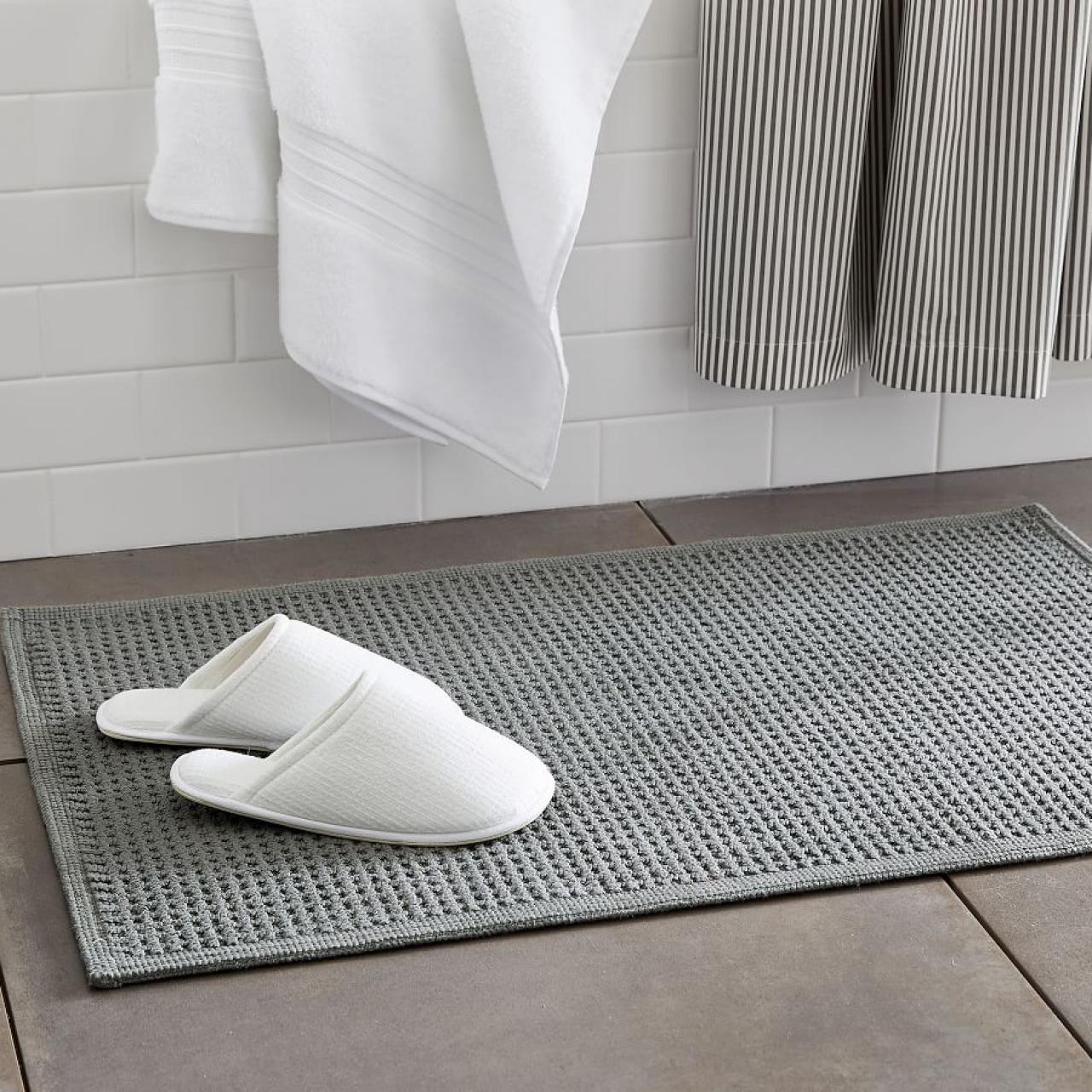

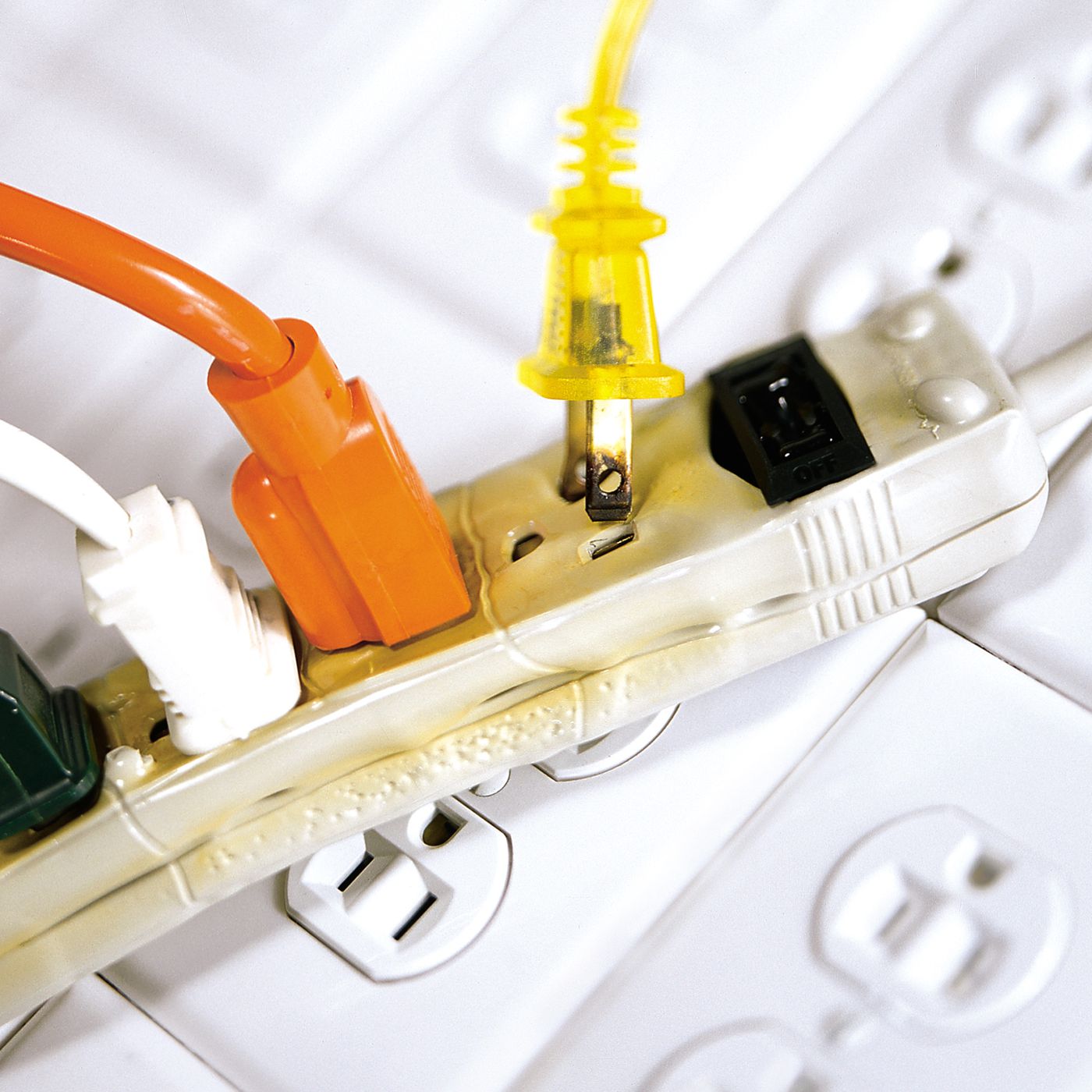




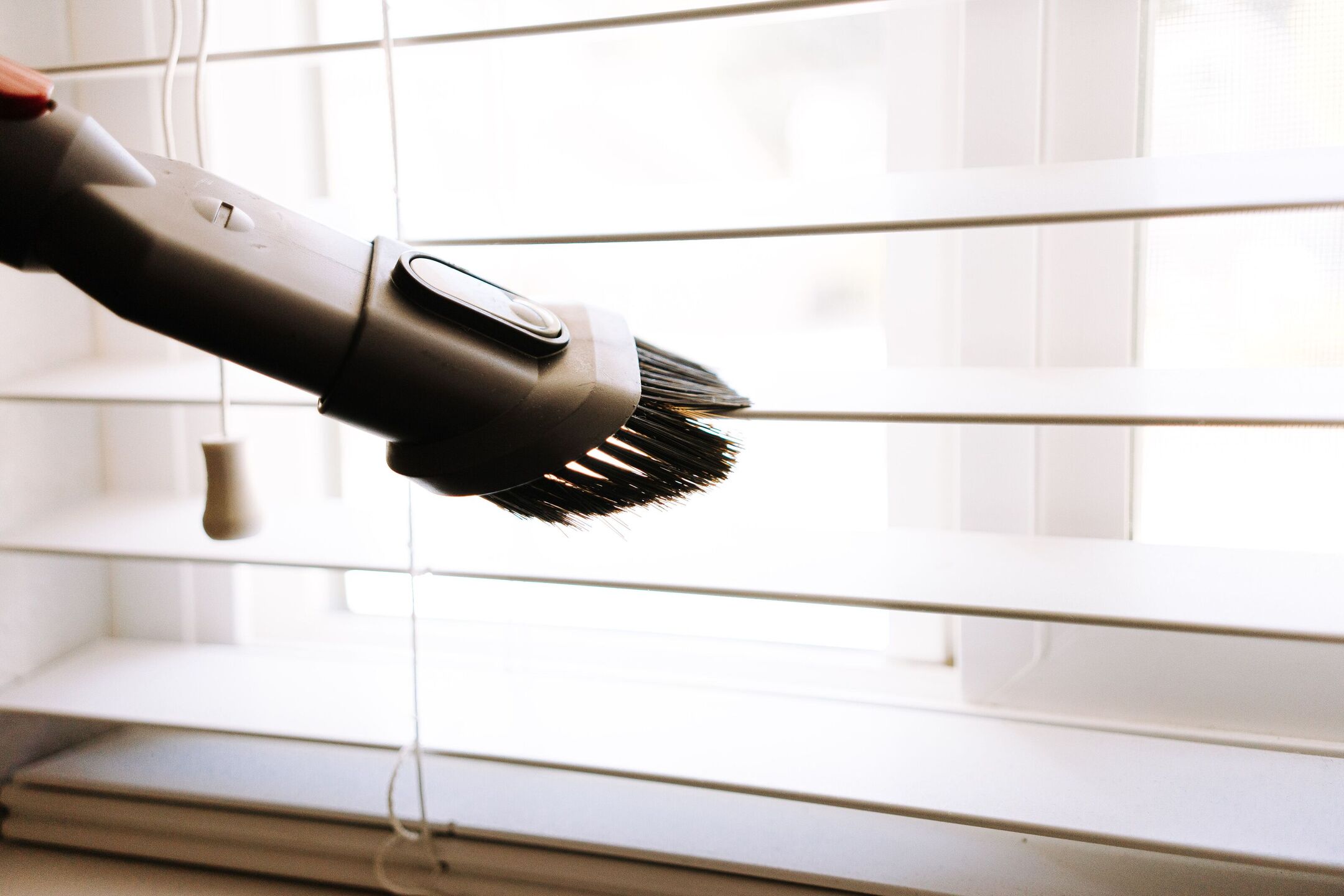


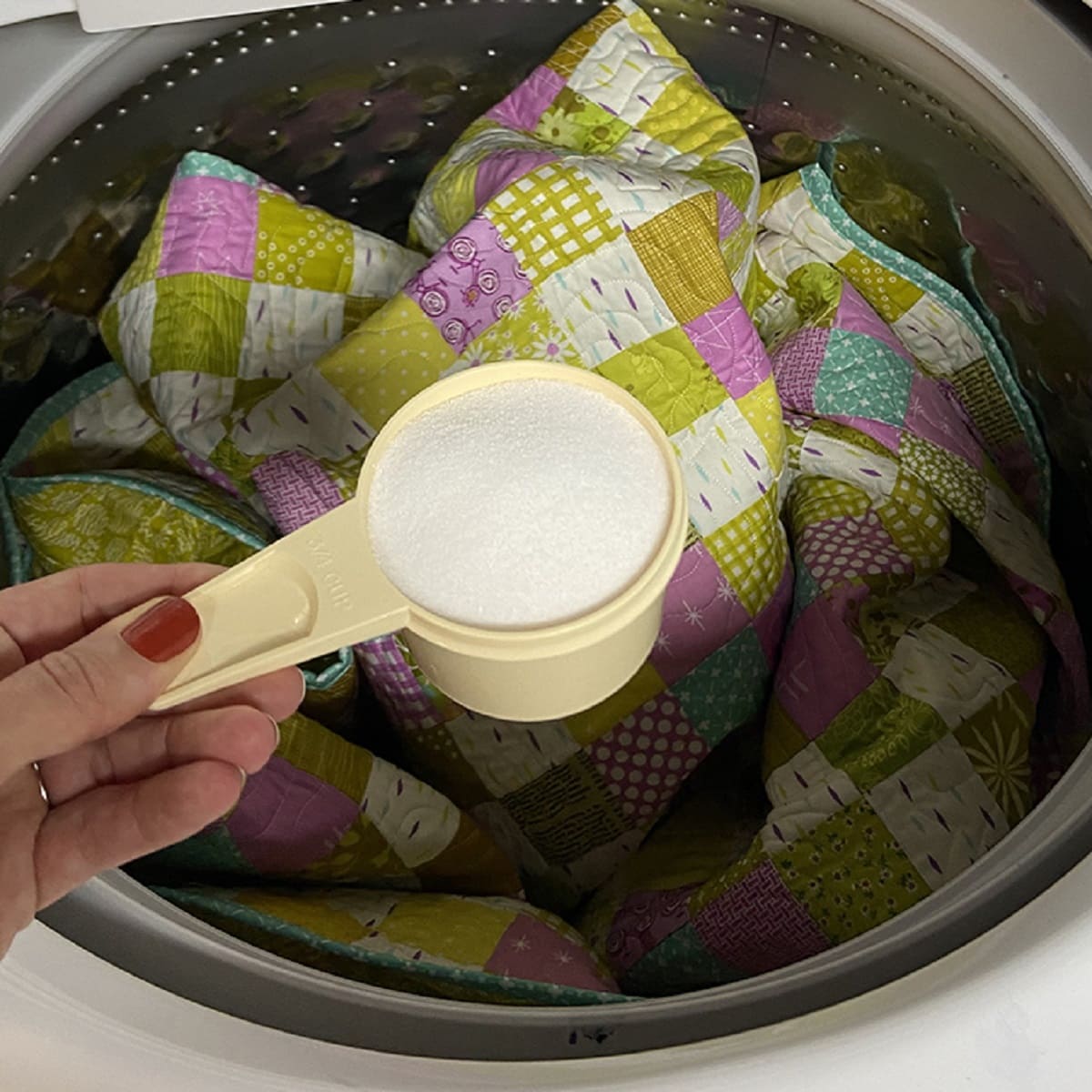
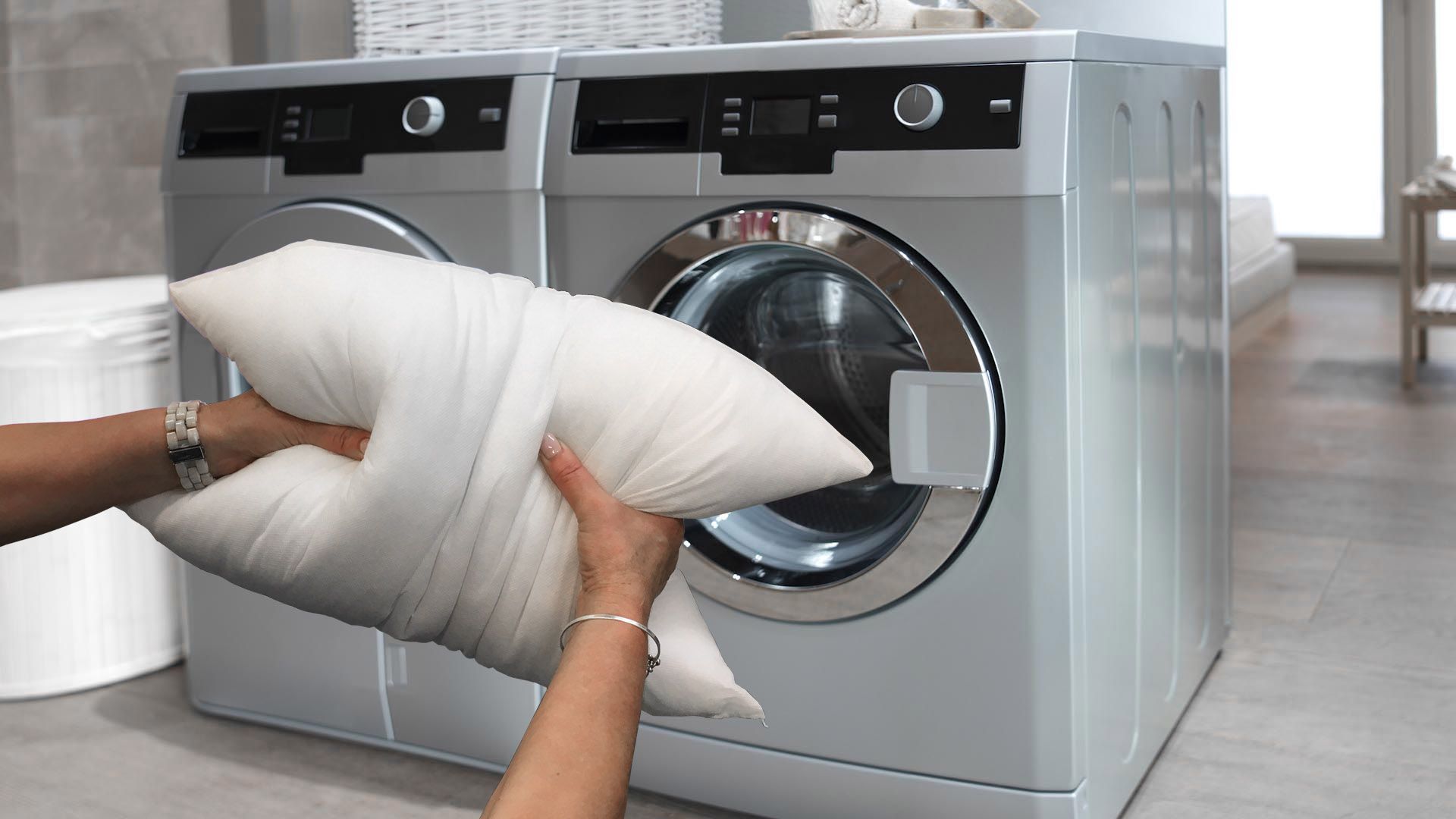
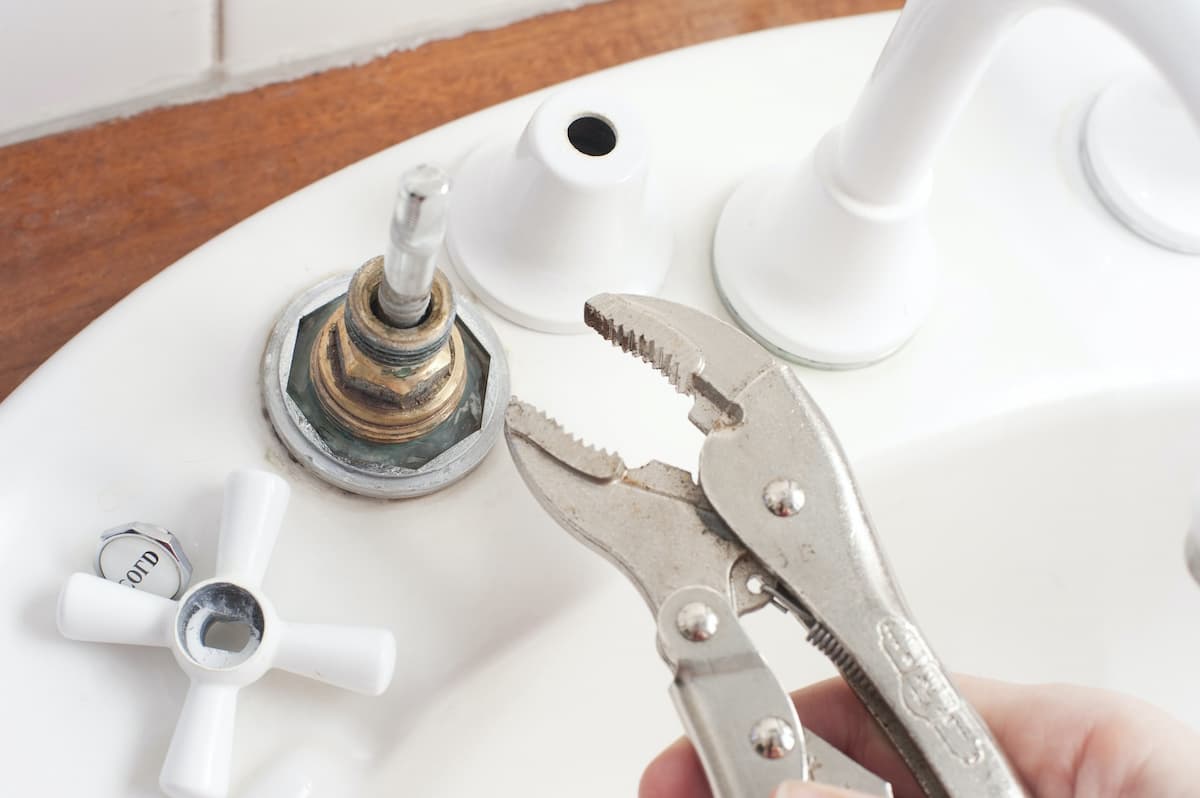
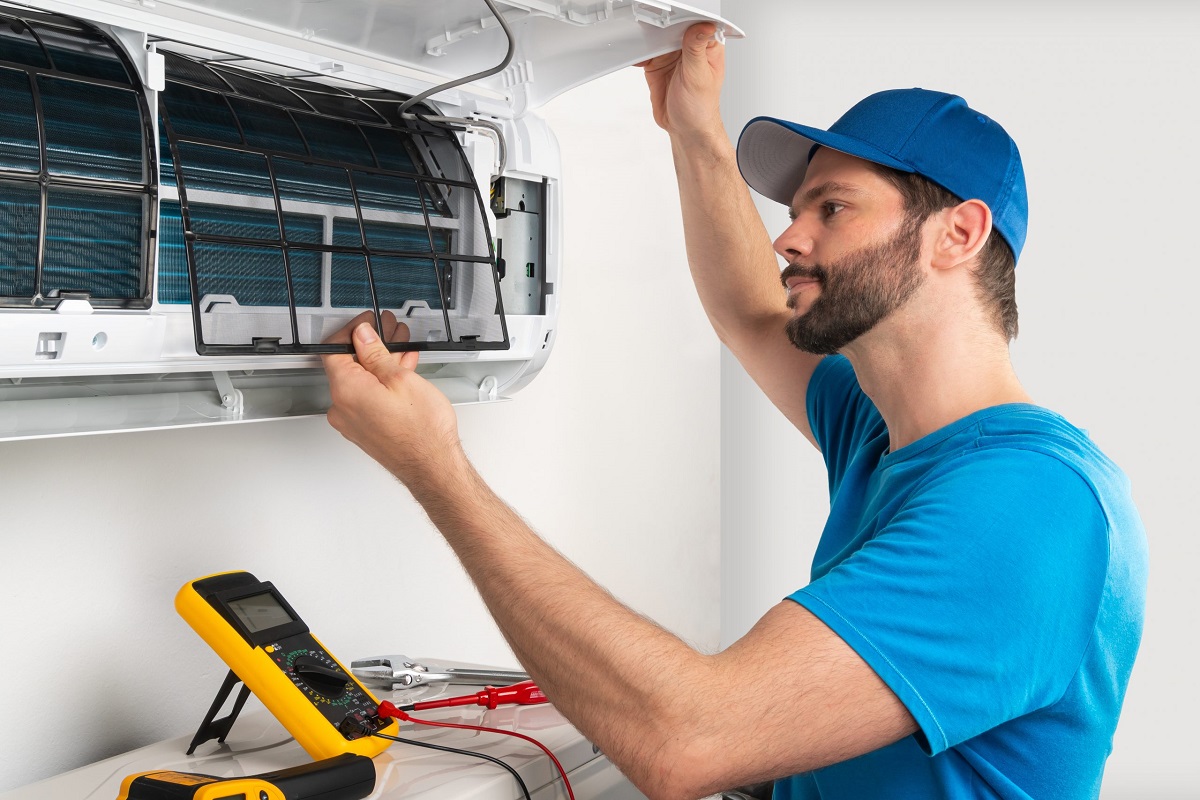

0 thoughts on “How Often Should You Replace Your Surge Protector”